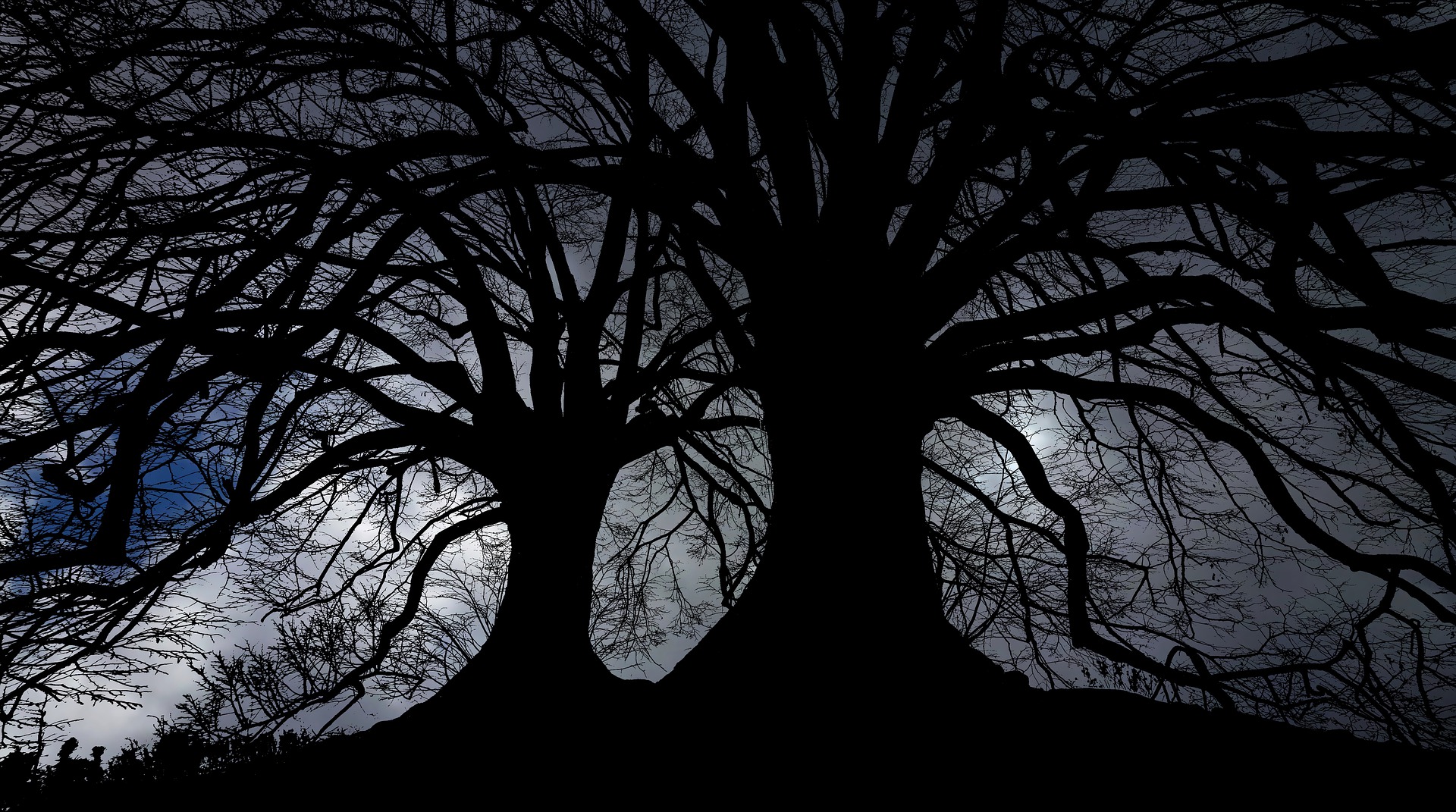How to be an oak tree

Intro/Background
Oaks are a genus of tree that has been associated with strength and longevity. It has multiple ties to cultures across the world, and has 90 species ranging from little nubby shrub-like oaks to the mighty giants you are used to seeing at arboretums. Anywhere you live, there is an oak tree out there that provides huge ecosystem benefits for your local wildlife.

So how can one become more like an oak? Oaks are not only useful for crafting tools, creating long burning firewood, and beautiful & robust furniture, but they are also homes to a myriad of creatures both big and small. That is the main focus of today’s post: how YOU can become more like an oak. You see,
oaks give and give and give! They start life as a tiny acorn buried to be a snack for a squirrel later on. They are promptly forgotten, and they start to sprout and grow into a tree. The giving doesn’t simply end there; throughout the 500+ year lifespan of the average oak, it will give nourishment in the form of leaves, buds, acorns, root exudates, and then even in death, it provides habitat for many creatures.
In my few short years on this planet, Mrs. Vertakking and I have had the pleasure of planting many trees. Maples (Acer spp) grow quickly, sandcherries (Prunus besseyii) are tough and make delicious fruit, but oaks have always shone through as both dependable year in and year out. Burr oak is not the most pretty tree in the fall, and I can’t really use the acorns for much, but I still love to plant them as an investment for a future generation that I may not live to see. The burr oaks are only as thick as my pinkie in the first five years of their life, but I love thinking and dreaming of how big this tiny, little tree will become someday.

The Little Things
The little things about oaks are what make it shine. Next time you are near an oak, or after you plant one, start to take note of all of the creatures big and small that utilize this amazing tree.
Leaves: The leaves are filled with tannins which are supposed to inhibit herbivory but because oaks have co-adapted with certain insects for so long, they have become mutually associated. Oak leaves provide nourishment for over 140 different species of lepidopterans (Doug Tallamy is a great resource on this). This means that each insect eating those oak leaves turns that energy from the sun into either a beautiful butterfly or moth, or into nutrition for a hungry bird chick!

Acorns: Acorns are the easiest example of how an oak provides. The starch-filled seeds feed a host of animals including squirrels, chipmunks, deer, jays, pigeons, woodpeckers, mice, and even pig and bears enjoy eating acorns where they can find them. Some acorns even have moths and weevils bored into them, making for an extra snack for any creature that finds them.

Roots: Mycelial networks can form complex relationships on long-lived trees, and oaks are no exception. Mycelium basically are a beneficial extension of a tree’s roots. The fungus is much finer and can break down certain nutrients and make them available to a tree’s roots. In return, a tree will provide sugar via root exudates to feed the fungus. There are many other functions that can be attributed to mycelium like trees communicating, sharing resources, and much more to be discovered. Just think about that every time you dig down in the soil and find some spidery white “roots” of mycelium.
Death: Even when your tree appears to be dead, it is providing food and shelter for a myriad of little creatures that recycle the cellulose (something many creatures can’t digest) into unlocked nutrients and soil. Some mushrooms (like oyster, shittake, and lions mane) grow on dead or dying trees, producing human food. Other decaying trees will simply provide food for years for wood louse, beetles, mosses, centipedes, millipedes, ants, and even some species of wild bees will nest in holes in wood.

What can YOU do to be more like an oak?
Provide nourishment for creatures all around you! You can start a compost pile by placing your kitchen waste in an outdoor receptacle and covering it with leaves. And since you can’t grow leaves and have caterpillars munch on you, instead you can plant a native oak tree (if you have room) or native wildflowers that support other insect life stages. You can also stop spraying any type of “-cide” (pesticide, herbicide, fungicide, etc.), knowing that those bugs are food for someone. You can be okay with a little more “mess” in your outside space via decaying vegetation, knowing it is a home for a small critter. Try dropping little acorns of conservation-knowledge with your friends and family, telling them about how you can give back to nature by doing those simple things, and pretty soon you will have a forest of other oaks (I will start calling my conservation-minded friends this now) around you, planting and feeding wildlife all around. The little differences can turn your desert of a backyard into an oasis of life with a few simple steps! You will be surprised at all of the little critters you will see arriving in the first few days of planting. By beginning with a small step, you can become the oak tree of your neighborhood, yard, or even apartment building by finding safe, natural ways to support wildlife in your area.
Find your own best host plants for lepidopterans (butterflies and moths) Here,
and tell us in the comments how you have been like an oak tree!
